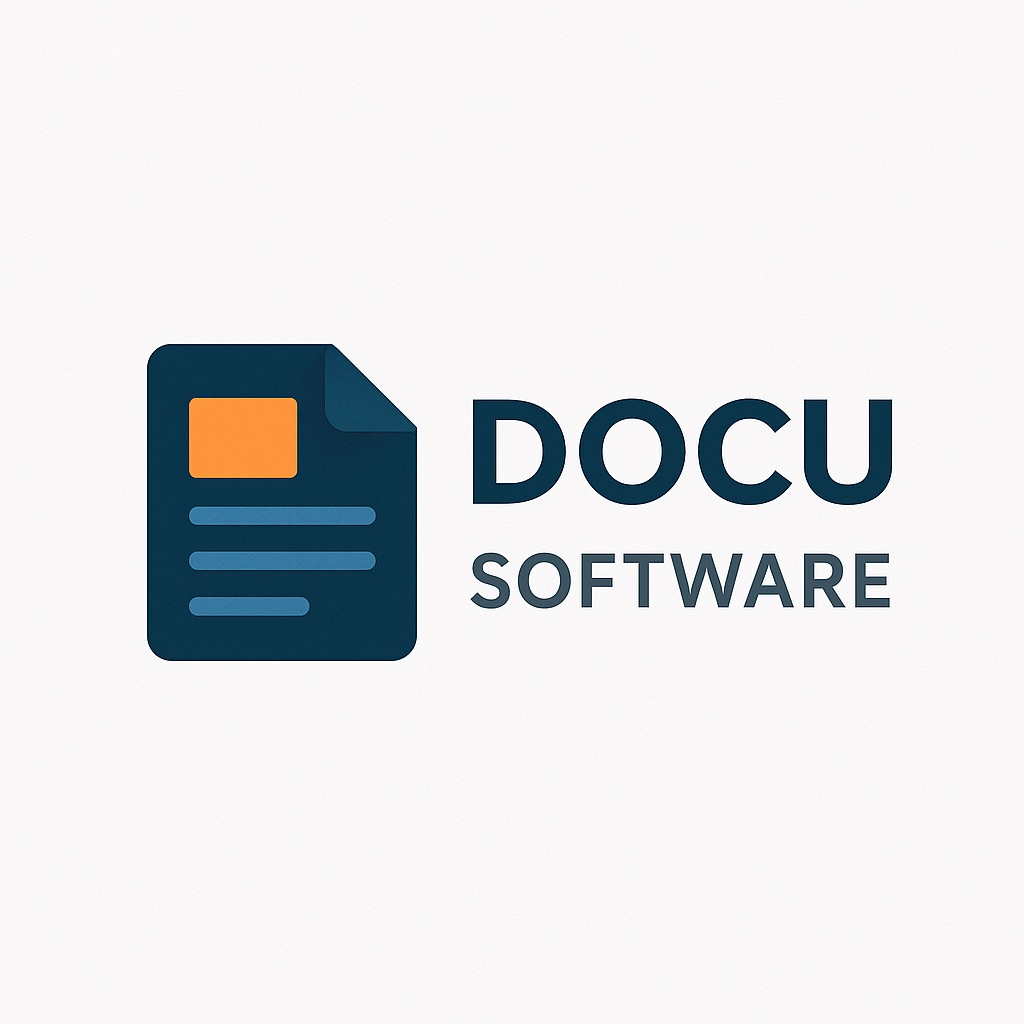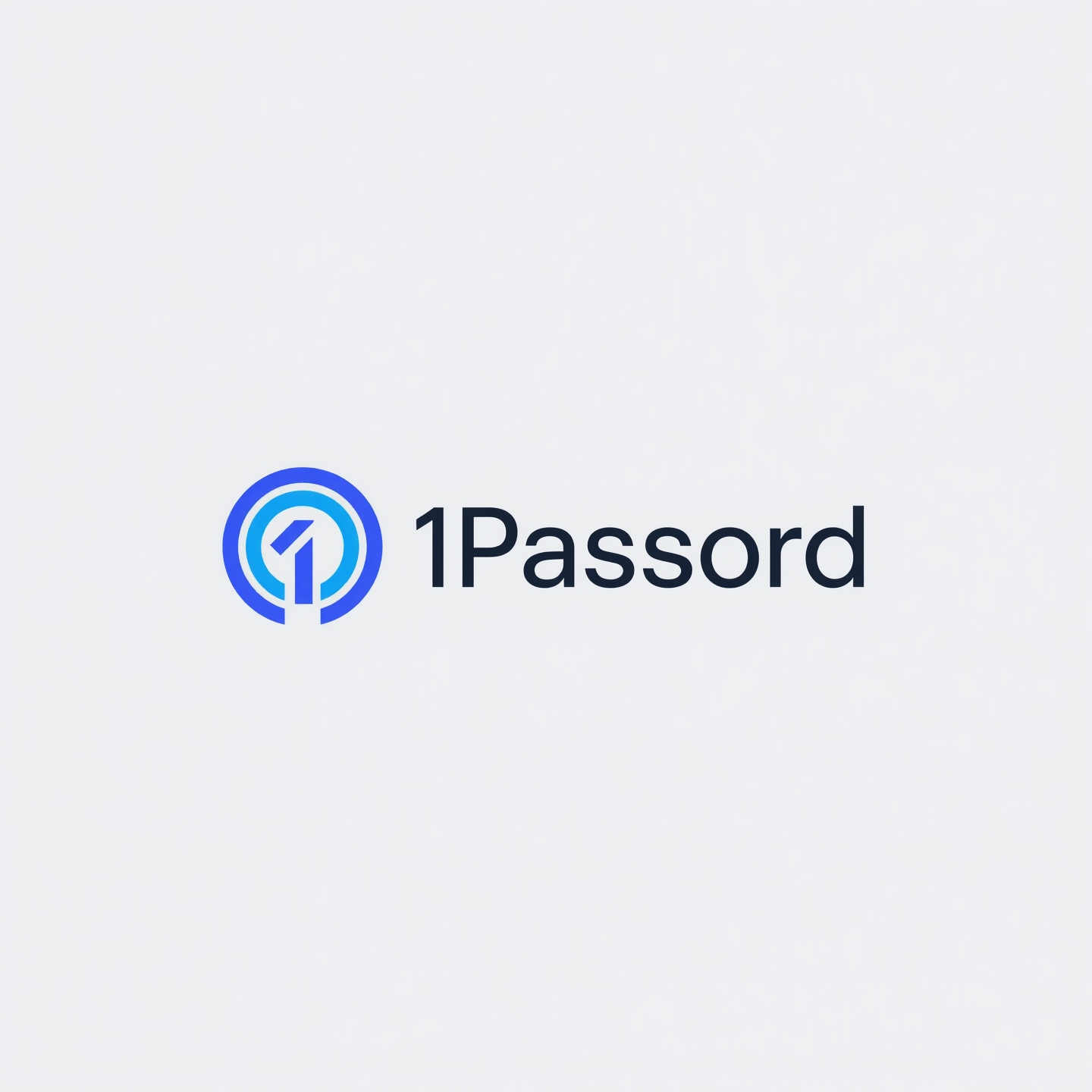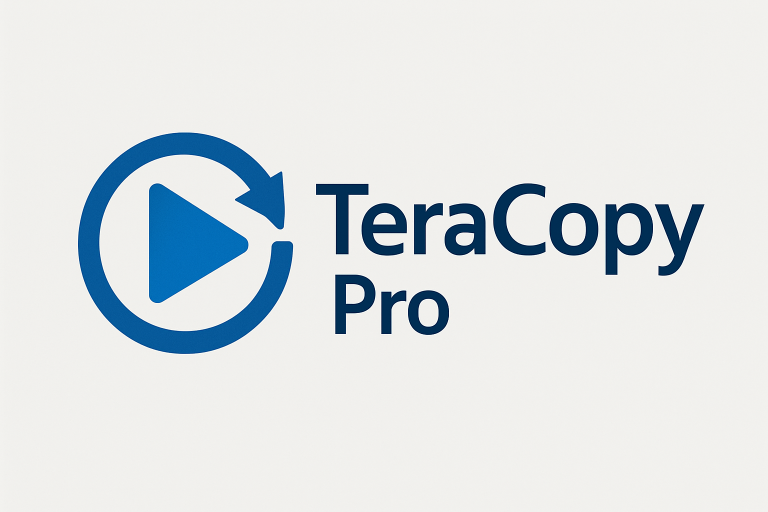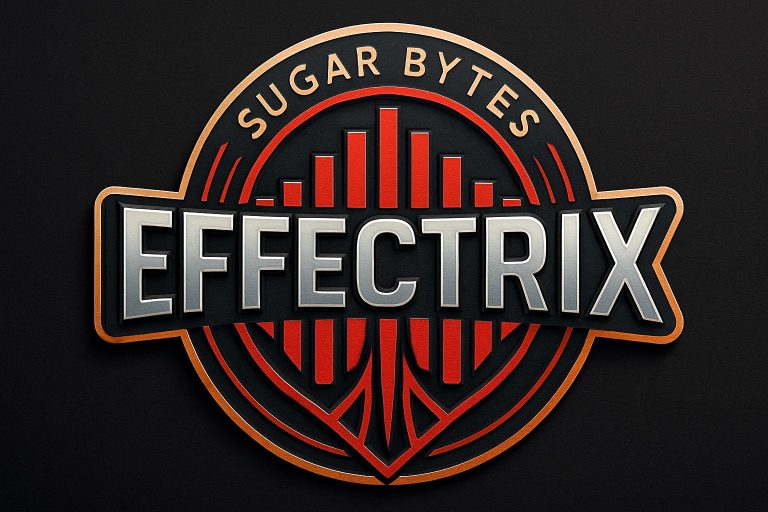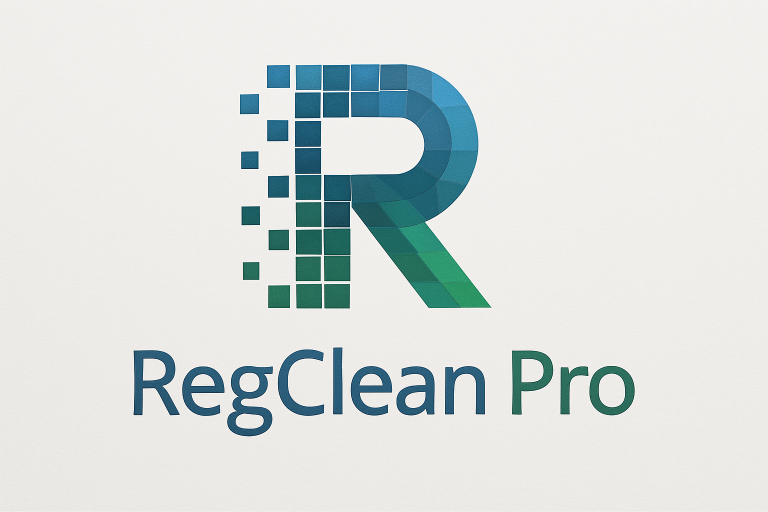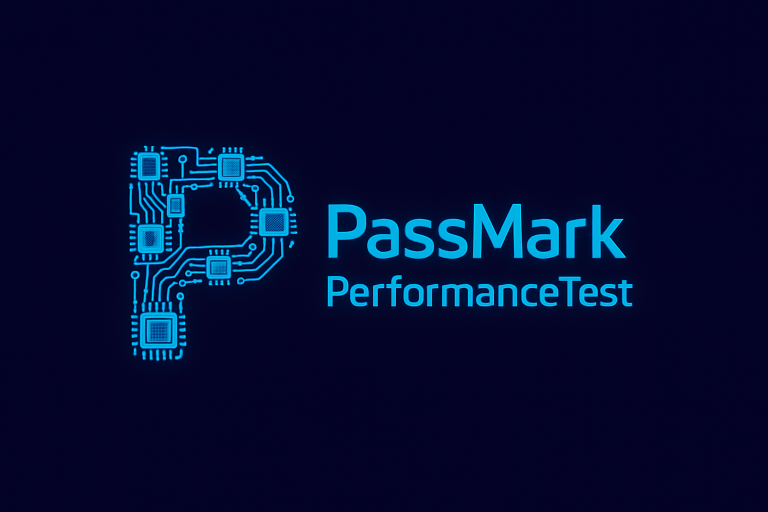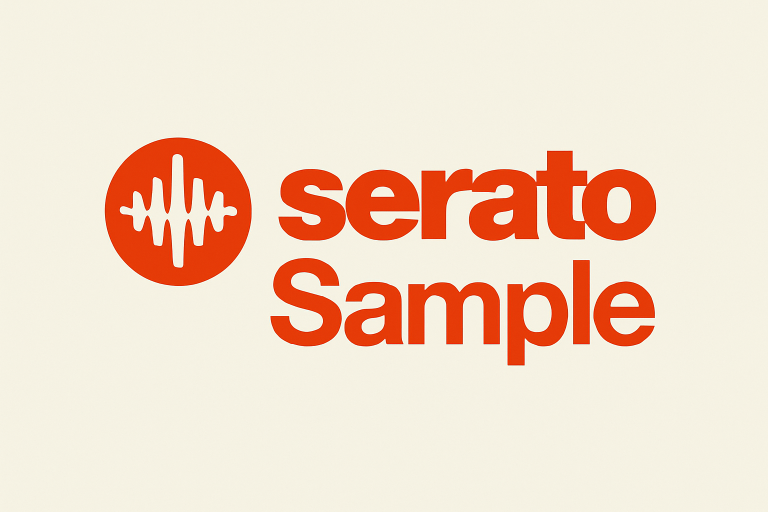1Password
Managing hundreds of unique passwords across personal and client accounts has made password managers indispensable in my security practice. 1Password has evolved from a Mac-exclusive app to a comprehensive identity management platform, and after years of daily use across teams and platforms, I can provide detailed insights into why it commands premium pricing in a market with capable free alternatives.
Core Features and Real-World Applications
1Password 8’s Secret Key architecture provides an additional authentication layer beyond your master password, creating a fundamentally different security model than competitors. This cryptographic key, combined with your master password, ensures that even 1Password cannot access your data. During a recent security audit for a financial services client, this zero-knowledge architecture satisfied their stringent compliance requirements where other solutions fell short.
The Watchtower feature continuously monitors your passwords against known breaches, weak passwords, and expiring items. Last month, it alerted me to a compromise at a vendor site before they publicly announced the breach, allowing password changes before any potential exposure. The integration with Have I Been Pwned provides real-time breach monitoring, while the password strength report revealed that 15% of my older passwords needed updating despite believing my security practices were solid.
Travel Mode deserves special recognition for its thoughtful implementation. Before international travel, marking vaults as “safe for travel” removes sensitive data from devices, protecting against border inspection or device theft. During a recent trip through countries with aggressive digital border searches, Travel Mode removed client vaults while maintaining access to essential travel documents. Restoring vaults after crossing borders takes seconds through the web interface.
The SSH key and document storage capabilities transform 1Password beyond simple password management. Storing development SSH keys with automatic terminal integration streamlined my workflow significantly. The document storage handles everything from passport scans to software licenses, with 1GB per account providing ample space. Unlike password-only managers, 1Password becomes a complete digital identity vault.
Performance Analysis and Metrics
Synchronization speed impresses across the platform ecosystem. Password changes propagate to other devices within 2-5 seconds under normal conditions. Testing with a 500-item vault showed complete sync to a new device in under 30 seconds. The differential sync ensures only changes transfer, minimizing bandwidth usage on mobile connections.
The browser extension performance remains snappy with instant password filling. Autofill accuracy reaches 95%+ on standard forms, though complex multi-page forms occasionally require manual intervention. The extension uses approximately 50-80MB of RAM, reasonable for the functionality provided. CPU usage spikes briefly during vault unlocking but otherwise remains negligible.
Search functionality scales impressively with vault size. Finding specific items among 1,000+ entries returns results instantly with partial matching and metadata searching. The search indexes locally for privacy, with no performance degradation noticed even with extensively tagged and noted items.
Biometric unlock speed varies by platform but consistently beats typing master passwords. Face ID on iOS unlocks in under one second, while Windows Hello adds 1-2 seconds. The biometric integration properly implements platform security, requiring periodic master password entry to maintain security while maximizing convenience.
Detailed Competitor Comparison
Bitwarden offers exceptional value with a generous free tier and $10/year premium option. The open-source nature appeals to transparency advocates, and self-hosting options provide ultimate control. However, 1Password’s superior user interface, native applications, and business features justify the higher cost for many users. Bitwarden serves budget-conscious users well, while 1Password provides a more polished experience worth paying for.
LastPass once dominated but suffered from security breaches and free tier restrictions that pushed users elsewhere. The interface feels dated compared to 1Password’s modern design, and performance lags noticeably with large vaults. LastPass’s $36/year pricing approaches 1Password’s cost without matching features or polish. The recent security incidents make recommending LastPass difficult despite its market presence.
Dashlane matches 1Password’s premium positioning with additional features like VPN and dark web monitoring. The password changer attempts automatic password updates but works inconsistently. At $59.99/year, Dashlane costs more while offering a less refined experience. 1Password’s focused approach on password management rather than bundled services provides better value for most users.
KeePass represents the open-source, self-managed alternative. Complete control over data storage and zero costs appeal to technical users. However, the lack of native mobile apps, complex synchronization setup, and dated interface limit mainstream appeal. KeePass suits privacy-focused technical users, while 1Password provides superior usability for general audiences.
Platform-Specific Considerations
The native applications across Windows, macOS, iOS, and Android demonstrate platform-specific optimization rarely seen in password managers. The Mac app integrates with Touch ID and Apple Watch unlocking, while the Windows version properly supports Windows Hello. Native apps provide superior performance and integration compared to Electron-based competitors.
Browser extension support covers all major browsers with feature parity. The Safari extension benefits from native integration, while Chromium-based browsers share a common high-quality extension. Firefox support remains solid though occasionally lags behind Chromium updates. The 1Password X extension works independently of desktop apps, useful for Linux or restricted environments.
Linux support improved dramatically with 1Password 8, providing a native application matching other platforms. The previous browser-only support frustrated Linux users, but the current version delivers full functionality. Command-line tools enable scripting and automation, particularly valuable for DevOps workflows.
Family sharing transforms password management from individual to household concern. Sharing vaults between family members while maintaining private vaults solves real problems. Managing aging parents’ passwords remotely through shared vaults prevented numerous support calls. The family organizer role enables account recovery without compromising individual privacy.
Technical Requirements and Workflow
System requirements remain modest across platforms: 64-bit OS support, 2GB RAM, and minimal storage. The applications use 100-200MB RAM during normal operation, scaling with vault size. Disk usage stays under 200MB including cached data. These requirements enable smooth operation on older hardware.
Initial setup emphasizes security education without overwhelming newcomers. The Emergency Kit PDF containing account details and Secret Key requires safe storage – I recommend printing and securing in a fireproof safe. The setup process explains each security component clearly, building understanding rather than blind compliance.
Migration from other password managers works smoothly through comprehensive importers. Moving from LastPass preserved all folders, notes, and custom fields accurately. The import process identifies weak or duplicate passwords immediately, encouraging cleanup during migration. Export options ensure no vendor lock-in despite the proprietary format.
Best Practices From Extensive Usage
Vault organization dramatically improves efficiency with large password collections. Creating separate vaults for personal, work, and client passwords enables selective sharing and Travel Mode configuration. Tags supplement vaults for cross-cutting organization – tagging financial accounts enables quick filtering regardless of vault placement.
Two-factor authentication deserves careful consideration. While 1Password supports storing 2FA codes, this creates a single point of failure. I maintain critical 2FA codes in a separate authenticator app while storing less sensitive ones in 1Password for convenience. This balanced approach maintains security for crucial accounts while simplifying routine logins.
Regular security audits through Watchtower prevent password decay. Monthly reviews of weak passwords and security recommendations maintain vault hygiene. The duplicate password report reveals password reuse patterns that develop unconsciously. Acting on these reports improves security posture measurably over time.
Emergency access planning ensures business continuity. Documenting vault organization and sharing Emergency Kits with trusted contacts prevents digital asset loss. The account recovery options balance security with practical needs – choosing appropriate contacts and recovery methods requires thoughtful consideration.
Business Value and ROI Analysis
Individual pricing at $35.88/year feels premium but delivers value through time savings and security improvements. Calculating minutes saved daily through automatic password filling and generation easily justifies the cost. The family plan at $59.88/year covering 5 members provides exceptional per-person value.
Business plans starting at $8/user/month include advanced features like custom roles, reporting, and provisioning. For organizations managing compliance requirements, the audit logs and access controls prove invaluable. The time saved onboarding and offboarding employees with proper password management recovers costs quickly.
Comparing against data breach costs reveals interesting math. Average breach costs exceed $150,000 for small businesses, with compromised credentials causing 80% of breaches. The annual cost of 1Password represents less than 0.1% of potential breach costs while significantly reducing likelihood.
The reduction in password reset tickets provides measurable IT savings. Organizations report 40-50% fewer password-related support requests after 1Password deployment. For a 100-person company, this translates to hundreds of saved IT hours annually.
Who Should Use 1Password
Security-conscious individuals valuing premium experiences find 1Password ideal. The polished interface and thoughtful features justify the cost for those prioritizing digital security. Apple ecosystem users particularly benefit from deep platform integration.
Families managing shared digital lives discover practical solutions to password sharing. The family plan’s value proposition and sharing capabilities solve real household challenges. Parents appreciate monitoring children’s password practices while maintaining appropriate boundaries.
Businesses requiring enterprise password management with compliance features need 1Password’s advanced capabilities. The business plans provide necessary controls and reporting for regulated industries. IT teams value the reduced support burden and security improvements.
Budget-conscious users with basic needs should consider free alternatives. Bitwarden’s free tier or browser-based solutions suffice for simple password storage. Those philosophically opposed to subscription software need different solutions. Users comfortable with technical complexity might prefer self-hosted options.
Final Verdict
1Password justifies its premium positioning through exceptional execution of password management fundamentals while adding thoughtful features that solve real problems. The combination of security architecture, cross-platform excellence, and user experience creates a product worth paying for despite capable free alternatives.
Minor frustrations exist: the subscription-only model disappoints those preferring perpetual licenses, occasional sync conflicts require manual resolution, and the price increases feel aggressive. These issues pale against the overall value delivered but prevent unreserved recommendation for all users.
The continuous improvements and platform updates demonstrate long-term commitment to the product. Each major version brings meaningful enhancements rather than change for change’s sake. This measured development approach builds confidence in 1Password as a long-term solution.
For anyone serious about password security willing to pay for premium solutions, 1Password represents the gold standard. The thoughtful design, robust security, and comprehensive features create a password management experience that fades into the background while providing critical protection. While free alternatives exist, 1Password’s superior execution justifies its cost for users valuing their digital security and time.
